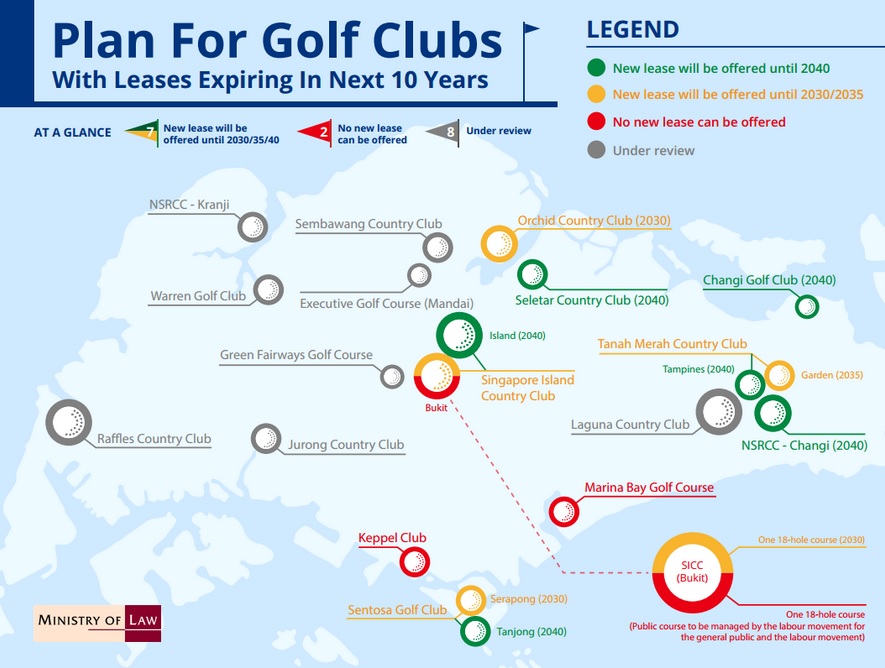[Singapore] A few good conversational pieces can make social lunches entertaining if not worthwhile. The hot topic is of course property. Depending on who you talk to, there is always a different angle to a given topic. OK, let's open up the topic a little wider to add more perspective and entertainment.
Norway Is Tycoon Next Target | 'take my money', it needs a home.
After his US$200 million resort and mountain park buying adventure in Iceland has been blocked, China property tycoon's dollars is screaming all the way to Norway for attention.
Sounds lucrative to me - 'paper currency for mountains'
Malaysia has bulk buying investment clubs to gain an edge in discounts and smaller down payments.
These days, some people evolve strategies to game the system. It is the norm and the theme of 'making your money work harder, smarter and come out of it a little better' has no expiry date.
As far as housing goes, the new refrain making its rounds everywhere in sales pitches is 'affordable'. There is no doubt about that. 'Look, my house just shrunk. Of course it has to be affordable. How else can I buy'.
There was a time when the authorities came out to say it is not building 2-room HDB flat any more, as public expectations have changed.
Given a few short years, how quickly this position has reversed. And now smaller and smaller homes seem to be the in thing. Japan and Hong Kong type housing, anyone?
So when we hear a little public hollering, the hue and cry just goes to tell 'the policy' is hitting its mark and that goes for housing too.
A new refrain from industry circle has just begun which is another way of saying that the pain inflicted on the property market is starting to tell.
With the property sector almost strait-jacketed, a property developer has metaphorised the residential property market to a stringed-up crab with all eight legs strung tight. No way to move, so to speak.
Seven rounds of cooling measure and one TDSR leaves little room for the property market to manoeuvre.
Though the TDSR, or total debt servicing ratio, is not represented as a property cooling measure, it is by far the most effective instrument in curbing momentum.
TDSR requires banks to thoroughly compute into account a borrower's total debt obligations which is set at a maximum of 60 per cent of a buyer's gross monthly income, before a new home loan can be granted. Total debt includes other mortgages and car loans as part of the deal.
The combined weight of a string of cooling measures which include a lower loan-to-value ratio, shorter loan term, additional buyer's stamp duty (ABSD) and seller's stamp duty (SSD) and the TDSR framework have finally succeeded to stall the residential market dead in its tracks, said industry analysts.
The question to ask is ‘Is the property market stabilising or is it going to go under? If so, by how much?'
The measures have curtailed transaction volumes significantly and led to a moderation in home prices.
Prior to the implementation of the TDSR, buying sentiment for private homes in particular were fleetingly cautious, only to move on in a frenzy, until the next successive cooling measure came along.
What is noticeable were short intervals of up and down adjustments in transaction volumes, with the lull coming immediately after each introduction and the upswing after developers introduced counter moves to offset the effect, in new launches.
However, ever since the TDSR framework was introduced on 29 June 2013, new home sales are down drastically across the board, including those in the mass market segment taking a major hit.
Observed the TDSR effect before and after its implemention.
Before the measures, developers shifted 9,950 private homes in the first half of 2013.
After the measures, developers sales were down about half, with 5,065 units sold
Industry Response
With the entire residential market affected, responses from industry leaders are coming in thick and fast.
Respected helmers in the banking and property industry have taken it upon themselves to speak out for the property sector and call for an easing of the cooling measures.
On the sidelines of the Real Estate Developers' Association of Singapore (Redas) Spring Festival lunch two weeks back, City Developments executive chairman Kwek Leng Beng suggested that the time may be ripe for the Government to mull over the lifting or tweaking of some of the cooling measures, in the light of concerns over the global economy.
DBS Bank chief executive Piyush Gupta predicted last week that home prices this year would fall by 10 to 15 per cent.
Shrinking volumes and price moderations, just when these measures are starting to bite will not prompt the Government to roll back the cooling measures at this point in time. The truth is a gradual deflation in prices may well be what the doctor ordered.
In fact the government may just have resolved one of the sticky issues most disgruntled Singaporeans have over high property prices and unaffordability issues.
Prices almost unchanged















